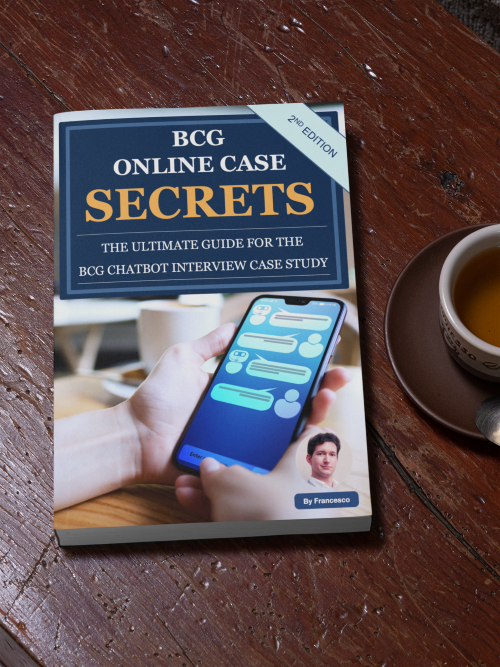Hi Anonymous,
I did the numerical test (not the Potential Test, but the other one based on numerical and logic) in the Milan office some years ago (2011) and got confirmation that last year (2017) was still the same; the test consisted of two parts:
- Numerical test. Very similar to the SHL numerical part. Paper-based, each question had 5 or 10 possible answers. Questions were not hard, but time was really short.
- Resources: You can train online on SHL type cases with a strict time constraint. You can find an example of a SHL numerical test at the following link:
https://www.wikijob.co.uk/aptitude-test/numerical-practice
- Logic test based on traffic lights colours. Technically speaking, the test is called Fault diagnosis. In the test, two or more traffic lights are connected by codes; each code changes a colour of the traffic light; one or more of the codes are broken and you have to understand which are the broken ones. It was a bit complex to understand the logic initially, but once understood it the test was not particular difficult.
- Resources: You can find an example of a Fault diagnosis test at the following link:
http://bit.ly/2nHrBaW
That being said, BCG has started rolling out a new Online Case (also called the Chatbot Interview) since 2019. It is structured in 2 parts:
- 8-10 questions to be taken in 25-30 minutes
- 1 video interview question at the end, where you have to provide a recommendation
The main differences compared to the previous version (BCG Potential Test) are the following:
- 8-10 questions instead of 23
- 25-30 min instead of 45
- Calculators allowed
- Presence of open questions
- Video sum up at the end
The main challenges based on the candidates I helped are the following:
- Time. Questions are not particularly difficult, however you will feel time constraints also due to the fact you don’t know how difficult the next questions could be - thus how much time they may require
- Chatbot interaction. Unlike a test like the McK PST, you cannot proceed “at your own pace”. You will have to follow the evolution of the test as questions are revealed one by one
- Math. Candidates often find the math quite challenging given the time constraint
If you want to prepare in the best possible way, I created a guide exactly for that.
This guide will:
- Show you the perfect strategy to answer the 5 types of questions in the Chatbot
- Offer you a clear strategy to optimally structure the One-Way Video Assessment
- Provide insider information from previous applicants who succeeded the Online Case
- Structure a clear preparation plan based on 6 FREE PSTs and Potential Tests
- Replicate the same experience of the interview thanks to 2 FREE Complete Chatbot Cases (Casey-style)
And much more ;)
You can download the guide instantly here:
https://www.preplounge.com/en/shop/tests-2/bcg-online-case-secrets-69

As an extra bonus, I am currently offering the BCG Potential Test #1 (worth $39) and Graph Analysis Cheat Sheet (worth $29) for free with the guide. That may change in the future so hurry up if you are interested ;)
If you need additional support or have any questions on the guide please feel free to PM me, I will reply within 12 hours.
Hope this helps,
Francesco












